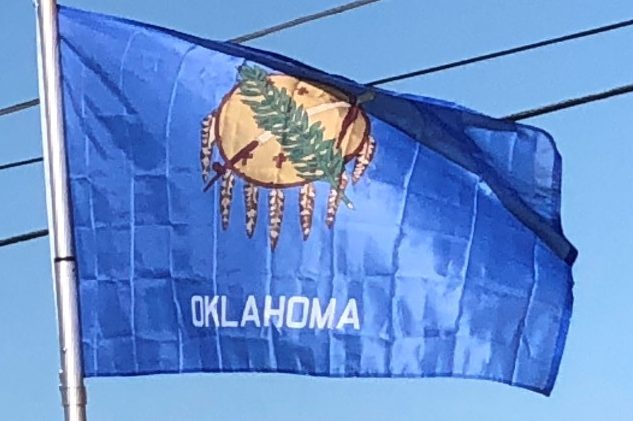By the early 20th century, the Greenwood neighborhood of Tulsa was one of the most prosperous African-American communities in the United States. Jim Crow laws had established racial segregation since before the start of the 20th century, but the blacks had created a thriving area.
Social tensions were exacerbated by the revival of the Ku Klux Klan after 1915. The Tulsa Race Riot broke out in 1921, with whites attacking blacks. In one of the costliest episodes of racial violence in American history, sixteen hours of rioting resulted in 35 city blocks destroyed, $1.8 million in property damage, and a death toll estimated to be as high as 300 people. By the late 1920s, the Ku Klux Klan had declined to negligible influence within the state.
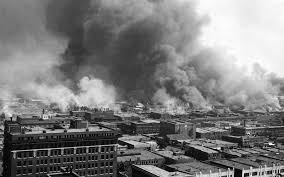
During the 1930s, parts of the state began suffering the consequences of poor farming practice. This period was known as the Dust Bowl, throughout which areas of Kansas, Texas, New Mexico and northwestern Oklahoma were hampered by long periods of little rainfall, strong winds, and abnormally high temperatures, sending thousands of farmers into poverty and forcing them to relocate to more fertile areas of the western United States.
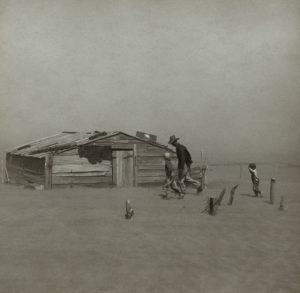
Over a twenty-year period ending in 1950, the state saw its only historical decline in population, dropping 6.9 percent as impoverished families migrated out of the state after the Dust Bowl.
Soil and water conservation projects markedly changed practices in the state and led to the construction of massive flood control systems and dams; they built hundreds of reservoirs and man-made lakes to supply water for domestic needs and agricultural irrigation. By the 1960s, Oklahoma had created more than 200 lakes, the most in the nation.
In 1995, Oklahoma City was the site of one of the most destructive acts of domestic terrorism in American history. The Oklahoma City bombing of April 19, 1995, in which Timothy McVeigh detonated a large, crude explosive device outside the Alfred P. Murrah Federal Building, killed 168 people, including 19 children.
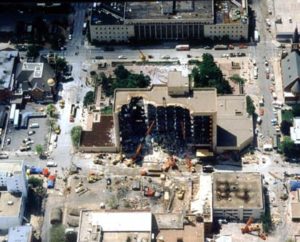
For his crime, McVeigh was executed by the federal government on June 11, 2001. His accomplice, Terry Nichols, is serving life in prison without parole for helping plan the attack and prepare the explosive.
Economy:
Oklahoma is host to a diverse range of sectors including aviation, energy, transportation equipment, food processing, electronics, and telecommunications. Oklahoma is an important producer of natural gas, aircraft, and food. The state ranks third in the nation for production of natural gas, is the 27th-most agriculturally productive state, and also ranks 5th in production of wheat. Four Fortune 500 companies and six Fortune 1000 companies are headquartered in Oklahoma.
In 2010, Oklahoma City-based Love’s Travel Stops & Country Stores ranked 18th on the Forbes list of largest private companies, Tulsa-based QuikTrip ranked 37th, and Oklahoma City-based Hobby Lobby ranked 198th in 2010 report.
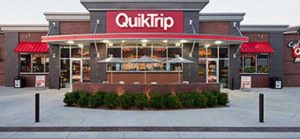
Though oil has historically dominated the state’s economy, a collapse in the energy industry during the 1980s led to the loss of nearly 90,000 energy-related jobs between 1980 and 2000, severely damaging the local economy. Oil accounted for 35 billion dollars in Oklahoma’s economy in 2007, and employment in the state’s oil industry was outpaced by five other industries in 2007.
Industry:
Tulsa is home to the largest airline maintenance base in the world, which serves as the global maintenance and engineering headquarters for American Airlines. In total, aerospace accounts for more than 10 percent of Oklahoma’s industrial output, and it is one of the top 10 states in aerospace engine manufacturing. Because of its position in the center of the United States, Oklahoma is also among the top states for logistic centers, and a major contributor to weather-related research.
